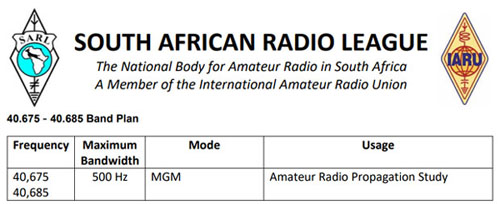How it all started... After listening for
FT8 signals on
144 MHz for a few days, I was suprised to hear some signals that were well over 500 kms away.
Considering I was using just a basic vertical Slim Jim half-wave antenna in the attic, I began wondering if everyone was really using horizontal polaziation as I had expected?
I began thinking about it and I came to the conclusion that even though FT8 is a weak signal mode on SSB and horizontal polarization is the norm, there must be some stations using just a simple 'white stick' dual band vertical up on their roof.
After all, if you have limited space or you're active on many different bands, you may not be interested in getting a dedicated horizontal antenna for 144 MHz.
The Poll... I thought it might be interesting to see just how many people are using vertical polarization on 2m FT8 so I contacted Tim, GW4VXE who writes for several amateur radio publications and has over 4000 followers on Twitter.
I suggested to Tim that it might be interesting to put a poll up on Twitter just out of interest. Tim duly obliged and put the following poll up on Twitter for about a week.
Tim asked his followers if they used exclusively horizontal or vertical polarization or if they sometimes used either for FT8 on 2-metres.
Results... A total of 76 people voted and the results were...
Horizontal Polarization - 55.3%
Vertical Polarization - 32.9% and
Both Vertical & Horizontal - 11.8%
There are a few caveats with the results...
1) The sample size was 76. It's not huge but I think it's still enough to give a good indication.
2) The poll was just on Twitter. Whether having the poll on Facebook or some other platform would make a difference, I don't know.
3) As Tim writes for UK based radio magazines, I would assume most of his followers are from the UK as well. Would the answer be the same in Germany, elsewhere in Europe or the USA?
In Conclusion... I think the poll results show that there are a lot more people using vertical polarization on FT8 on 144 MHz than might be expected.
If you have a radio with 2m SSB on it then try tuning to 144.174 MHz when there is high pressure about and have a listen on FT8, you might be pleasantly suprised.
Credits: My thanks to Tim, GW4VXE for conducting the poll. You can find Tim on Twitter here... https://twitter.com/gw4vxe



























